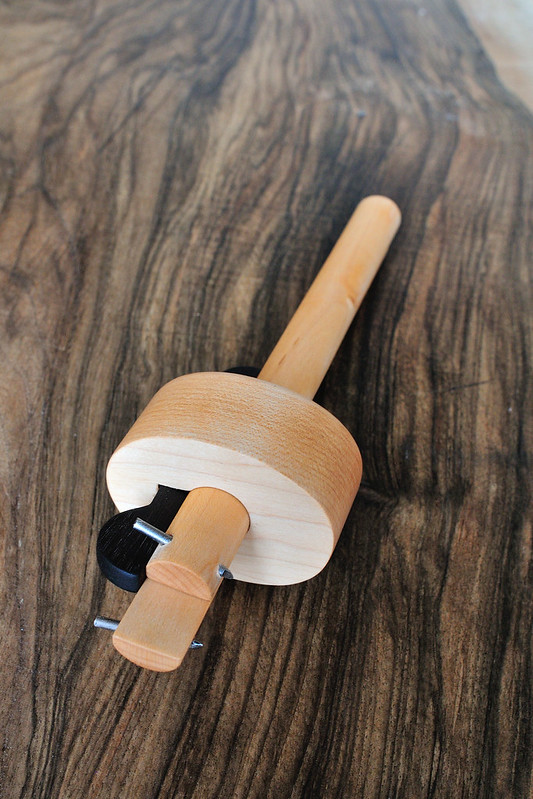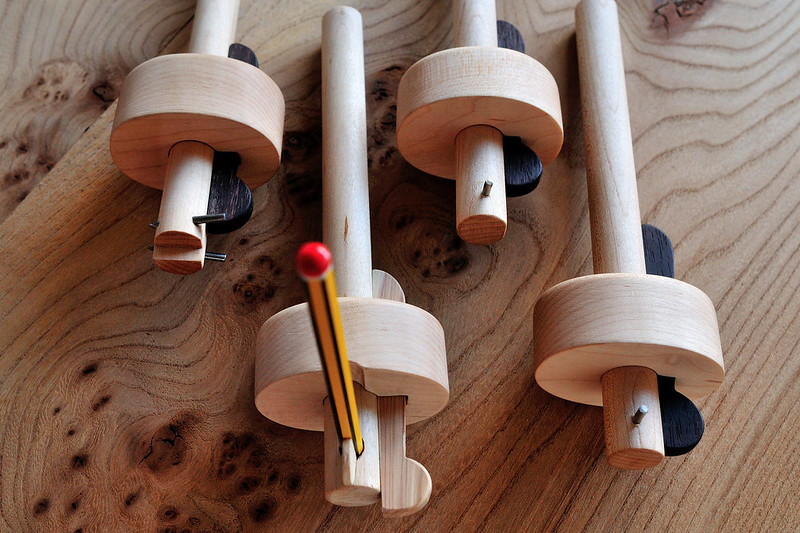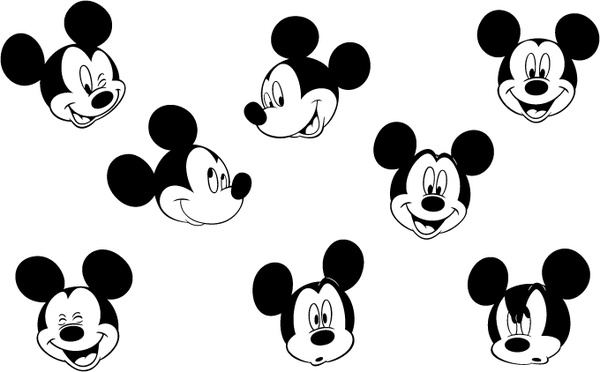You are using an out of date browser. It may not display this or other websites correctly.
You should upgrade or use an alternative browser.
You should upgrade or use an alternative browser.
Marking gauges, update mortice gauge, update pencil gauge
- Thread starter Racers
- Start date

Help Support UKworkshop.co.uk:
This site may earn a commission from merchant affiliate
links, including eBay, Amazon, and others.
Eric The Viking
Established Member
- Joined
- 19 Jan 2010
- Messages
- 6,599
- Reaction score
- 76
Your technique is a great idea, which I will immediately steal, but I like my cheap brass wheel gauges because they're a LOT more comfortable and easier to set reasonably accurately.Jacob":r6x09abo said:yep a handful of ordinary cheap gauges is best. Different shapes and sizes is useful too.
Another trick is to work backwards (and forwards) - you mark the last 4" or so then move back and mark the next 4" so you are running into the mark you've already made - and so on. This way if any of your marks has slipped into the grain and gone off it will be only within the 4" and should be obvious. Whereas if you mark in one pass from near end to far end the whole line might have gone off without you noticing it. Sounds complicated but it isn't.
yer ordinary wooden gauge is also comfortable to use which is important if you have a big pile of marking up to do - you could be at it all day on a big multiple project, which would make those pointlessly expensive metal versions even less useful.
But then my only trad one is a Crown Tools mortice gauge with a yellow plastic locking screw. It works, but setting it for yer aktual mortices is horrible. And I always end up spiking myself with it, which is impossible with a wheel gauge.
Pete's "dedicated" approach looks good, and his actual gauges look gorgeous. The Crown one I have is uncomfortably square, so I might round over the corners to see if that helps.
Failing that, I'll get a price from Pete...
Derek, the knob is for pulling the gauge so that its "fence" is pulled hard against the edge of wood to be marked. I'm sure most people are happy with a one handed grip on marking/cutting gauges but I like to pull with my second hand and this mod, which I copied from a Stanley 70 1/2, helps me do this.
Any resemblance to Mickey Mouse is entirely fortuitous.
Simon
Any resemblance to Mickey Mouse is entirely fortuitous.
Simon
Jacob
What goes around comes around.
Derek Cohen (Perth Oz)
Established Member
Saint Simon":2e8r5hqq said:Derek, the knob is for pulling the gauge so that its "fence" is pulled hard against the edge of wood to be marked. I'm sure most people are happy with a one handed grip on marking/cutting gauges but I like to pull with my second hand and this mod, which I copied from a Stanley 70 1/2, helps me do this.
Any resemblance to Mickey Mouse is entirely fortuitous.
Simon
Hi Simon
Just checking why you feel there is a need ... if the knife the correct way around? Flat side away from you pulls the fence against the side of the board. But flat side towards you will push the fence away from the side of the board.
And do you take light cuts first? Or go in hard?
Regards from Perth
Derek
custard
Established Member
Saint Simon":3ffsgpac said:Derek, the knob is for pulling the gauge so that its "fence" is pulled hard against the edge of wood to be marked. I'm sure most people are happy with a one handed grip on marking/cutting gauges but I like to pull with my second hand and this mod, which I copied from a Stanley 70 1/2, helps me do this.
Any resemblance to Mickey Mouse is entirely fortuitous.
Simon
Hi Simon
Just checking why you feel there is a need ... if the knife the correct way around? Flat side away from you pulls the fence against the side of the board. But flat side towards you will push the fence away from the side of the board.
And do you take light cuts first? Or go in hard?
Regards from Perth
Derek
I keep a couple of gauges deliberately set with the bevel away from the fence for instances where that's the configuration that places the bevel into the waste. I hate having a little polished chamfer around a through mortice or a bridle joint.

£347.50
£359.95
Trend Airshield Pro Full Faceshield, Dust Protector, Battery Powered Air Circulating Mask for Woodworking, AIR/PRO, Black and Grey
KPs Catalogue

£17.99 (£1.80 / count)
£27.44 (£2.74 / count)
3M 8822 Disposable-fine dust mask FFP2 (10-pack)
Amazon.co.uk

£12.50 (£1.25 / count)
£14.45 (£1.44 / count)
JSP M632 FFP3moulded Disposable Dustmask (Box of 10) One Size suitable for Construction, DIY, Industrial, Sanding, dust protection 99 Percent particle filtration Conforms and Complies to EN 149
Amazon.co.uk
Racers
Established Member
- Joined
- 22 Apr 2005
- Messages
- 9,172
- Reaction score
- 136
 9th September by Pete Maddex, on Flickr
9th September by Pete Maddex, on FlickrKnocked this up today as a test.
I turned the shaft from two pieces of maple glued together with paper in between, the head and pins are the same as the other gauges but the head is 35mm instead of 30mm, I angled the pins to get then closer together.
I have adjusted the lengths of the two shafts so the knives are in line, so you can use the chisel to set the width by adjusting the overlap of the shafts to the chisel width.
Seems to work fairly well.
Pete
- Joined
- 6 Jun 2011
- Messages
- 2,999
- Reaction score
- 917
Very very nice Pete!
Racers
Established Member
- Joined
- 22 Apr 2005
- Messages
- 9,172
- Reaction score
- 136
I made a pencil gauge today from a left over head I need to remake the wedge its too thin and doesn't lock up with out to much sticking out.
I cut a grove in the head to do narrow lines.
 7th November by Pete Maddex, on Flickr
7th November by Pete Maddex, on Flickr
Pete
I cut a grove in the head to do narrow lines.
 7th November by Pete Maddex, on Flickr
7th November by Pete Maddex, on FlickrPete
Similar threads
- Replies
- 3
- Views
- 685



























